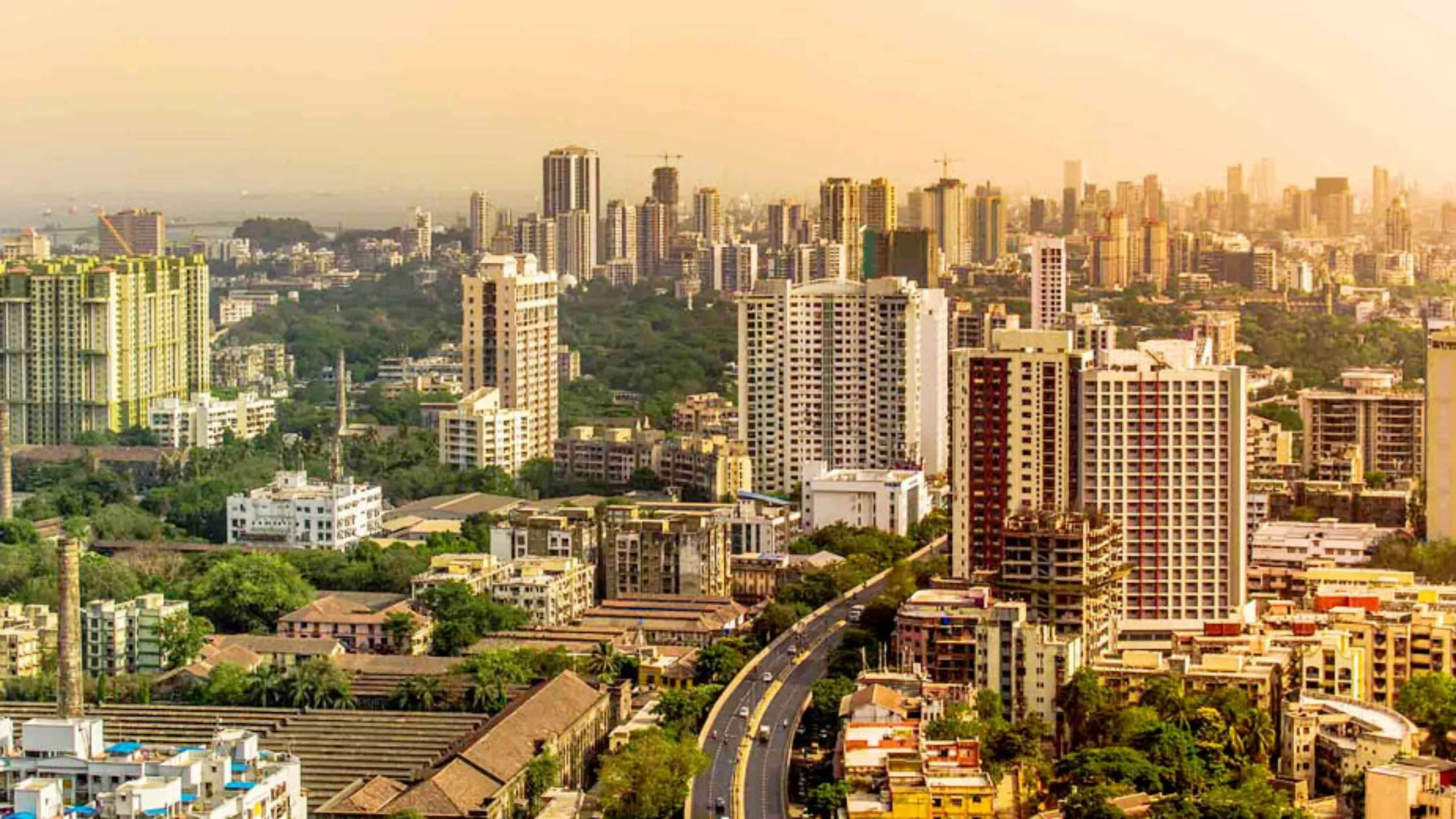Table of Content
The real estate sector remained exceptionally active throughout 2023, and anticipations for an even more bustling 2024 are widespread. Exploring trends in the upcoming year becomes particularly intriguing when considering various dimensions such as residential and commercial, affordable and luxury, end-user and investor perspectives, as well as emerging concepts like fractional ownership and Real Estate Investment Trusts (REITs). Stakeholders from diverse segments, including residential, commercial, luxury, and affordable housing, have shared their insights and expectations for 2024. A common theme that emerges from industry experts is the high anticipation for substantial growth and innovation within the real estate sector. Meeting or exceeding these expectations could lead to exponential growth for the entire industry in the coming year. Let's delve into the key trends that are expected to define the narrative of the real estate sector in 2024.
Trend 1: Commercial realty and the Office market to witness a consistent upsurge in demand
The office market has been exploring newer ways to improve absorption and it is consistently thriving for innovation and expansion.
Badal Yagnik, CEO, Colliers India, says “2024 is expected to be the year of consolidation upon strong foundations, reflecting stability in India’s office market. Occupier needs will continue to evolve and market offerings will continuously realign themselves. Strong growth prospects in the Indian economy and a healthy domestic outlook will keep occupier as well as developer confidence intact. Demand-supply equilibrium will keep vacancy levels rangebound lending room for rental upside”.
“Backed by rising capital investments, manufacturing output and supportive government policies, the industrial & warehousing sector is expected to grow from strength to strength in India. Going forward, AI and IoT enabled monitoring and proliferation of smart & automated warehouses will redefine the industrial & amp; warehousing sector”, adds Yagnik.
Experts expect the flex segment to lease more than 1.5 Lac seats and beat the 1.45 Lac level achieved in 2023. The flex demand is connected to better employee experience and it’s now a part of the occupier strategies.
Trends to look forward to in 2024 in the commercial realty
- “Core + Flex” model will continue to be preferred by occupiers.
- Secondary, peripheral and tier II/III markets to witness heightened activity
- Technology and GCC demand to bounce back
- SEZs to see increased occupier activity-
- Sustainability will increasingly take centre stage in Indian
- EVs likely to propel new demand for land for setting giga factories
- Q-commerce to fuel demand for micro-warehouses-
- Increased demand for green warehouses
Trend 2: Residential realty to witness new launches and growth despite general election in 2024
The upcoming General Election scheduled for the first half of 2024 is poised to have repercussions on both policies and market sentiment. Factors influencing the supply in the residential realty sector encompass elements such as labor availability, pricing of input materials, and more. Additionally, with the interim budget coinciding with the elections, no significant surprises are expected in the initial months of the year for the realty sector.
Siva Krishnan, Senior Managing Director for Chennai & Coimbatore and Head of Residential for India at JLL, anticipates a vibrant residential market poised to capitalize on the next wave of growth and expansion. He foresees a positive response from buyers in the mid and premium segments, backed by a robust supply pipeline. Many established developers have already announced new launches and expansions into untapped markets. The momentum is expected to continue in 2024, with an estimated range of 280,000-290,000 residential units set to be launched.
Trends to look forward in residential realty in 2024
- Despite an election year in 2024, demand drivers are likely to pave the way for a strong north-bound growth trajectory
- Developers to realign their marketing strategies based on the current market dynamics
- Strategic land acquisitions at prime locations and along growth corridors in cities is expected to strengthen the supply inflow
- Launch of diversified products to gain momentum including plotted developments, low rise apartments, row houses and villaments
Note: Data provided by JLL; Includes only apartments and for top-7 cities of India. Row houses, Villas, and Plotted developments are excluded from our analysis. Mumbai includes Mumbai city, Mumbai suburbs, Thane city and Navi Mumbai.
Trend 3: Share of luxury housing may increase; demand for second homes may continue
The luxury real estate sector tends to exhibit a degree of resilience in the face of changes in factors such as interest rates or price fluctuations. However, the preferences of luxury home buyers are in a constant state of evolution and may undergo some changes in 2024.
Offering insights into the luxury segment, Badal Yagnik expresses, "Premium developments by reputable developers are expected to leverage technology significantly to provide personalized services that enhance comfort. Advanced technologies such as AI and chatbots will be employed for services like virtual concierge services, biometric authentication, and enhanced security, thereby elevating the living experience. The demand for second homes, vacation homes, and plotted developments is projected to persist in 2024. A noticeable increase in the proportion of luxury housing within the overall residential market sales is anticipated for the year."
Trend 4: Affordable housing to get greater innovation for better experience
According to experts, advancements in technology, such as home automation through gadgets and AI tools, have played a transformative role in the growth of the real estate sector. In 2024, there is an anticipation that realty growth will gain momentum due to the increased acceptance of innovation and technology.
Samyak Jain, Director at Siddha Group, notes, "The growing aspirations among homebuyers for luxurious living, coupled with amenities and unique experiences, signal a broader shift in lifestyle preferences and expectations. Looking forward to 2024, we observe that homebuyers in the mid-segment housing category aspire to an elevated lifestyle. They are seeking homes that offer luxury features while remaining affordable and strategically located in well-connected properties."
Trend 5: Top-7 cities to continue growth momentum
The residential real estate market is heavily influenced by demand generated from end-users. Therefore, creating a more conducive environment becomes crucial to fostering greater demand from end-users.
According to ICRA, the area sold in the top seven cities in India is anticipated to grow by 13-15% in FY2024 and by 10-11% in FY2025. This growth is attributed to the sustained strong demand from end-users and a healthy, albeit moderating, affordability. FY2024 witnesses launches at a decadal high (up by 15% YoY) and is expected to increase by 9-10% in FY2025. Consequently, the replacement ratio is projected to slightly exceed one time in both FY2024 and FY2025. The trend of home buyers showing a preference for larger spaces is expected to persist, leading to a shift in the overall segment-wise composition, with a rising share of the mid and luxury segments contributing to overall sales across the top seven cities. Anupama Reddy, Co-group Head & Vice President, expresses this viewpoint.
Other trends that may unfold in 2024
In addition to the trends mentioned earlier, other critical factors are poised to influence the performance of the real estate sector. The interest rates on home loans will be closely monitored by both homebuyers and developers in 2024. The effect of inflation on input materials in the construction sector will play a role in determining the pricing dynamics of both residential and commercial realty segments. Despite these challenges, industry expectations suggest a preparedness to overcome obstacles in 2024 and achieve growth that surpasses the performance seen in 2023.
Also Read: How are a temple and an airport changing Ayodhya’s real estate?






_1768201460.webp)


